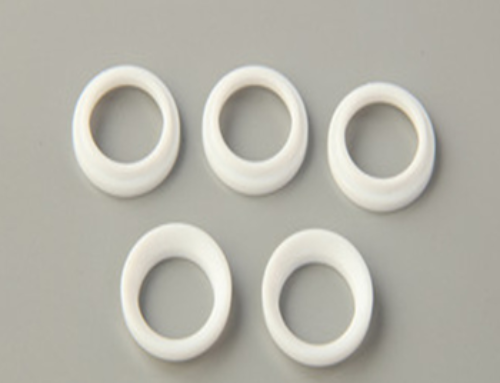Yes, UHMWPE (Ultra-High Molecular Weight Polyethylene) can be extruded, though it requires specific equipment and conditions due to its unique properties. UHMWPE is a high-performance thermoplastic known for its exceptional wear resistance, low friction, and high impact strength. These characteristics make it ideal for use in a range of applications, from industrial machinery to medical devices. However, its high molecular weight and crystallinity present challenges when it comes to the extrusion process.
Extrusion Process of UHMWPE
Extruding UHMWPE involves heating the material to its melting point and forcing it through a mold or die to form a continuous profile, such as rods, sheets, or films. The process requires careful control of temperature, pressure, and speed to avoid material degradation, as UHMWPE has a high viscosity in its molten state. To successfully extrude UHMWPE, specialized equipment like a high-performance extruder with sufficient heating and cooling capabilities is necessary. Additionally, the material may need to be preheated or pre-compounded to improve its flow properties during extrusion.
Challenges in Extruding UHMWPE
One of the key challenges in extruding UHMWPE is its tendency to be very stiff and difficult to process due to its high molecular weight. The polymer chains in UHMWPE are very long, which increases its viscosity in the molten state, making it harder to push through the die. To overcome this, the extrusion temperature needs to be carefully controlled, and the extruder’s screw design must be optimized to handle the material’s unique flow characteristics.
Applications of Extruded UHMWPE
Extruded UHMWPE is used in a variety of applications, including wear-resistant parts, conveyor components, and medical implants. Its low friction and high durability make it ideal for high-stress environments, such as in the automotive, mining, and food processing industries.
Conclusion
While extruding UHMWPE is possible, it requires specialized equipment and careful process control. The material’s unique properties make it suitable for demanding applications, but the extrusion process must be tailored to ensure the best results.













Leave A Comment
You must be logged in to post a comment.